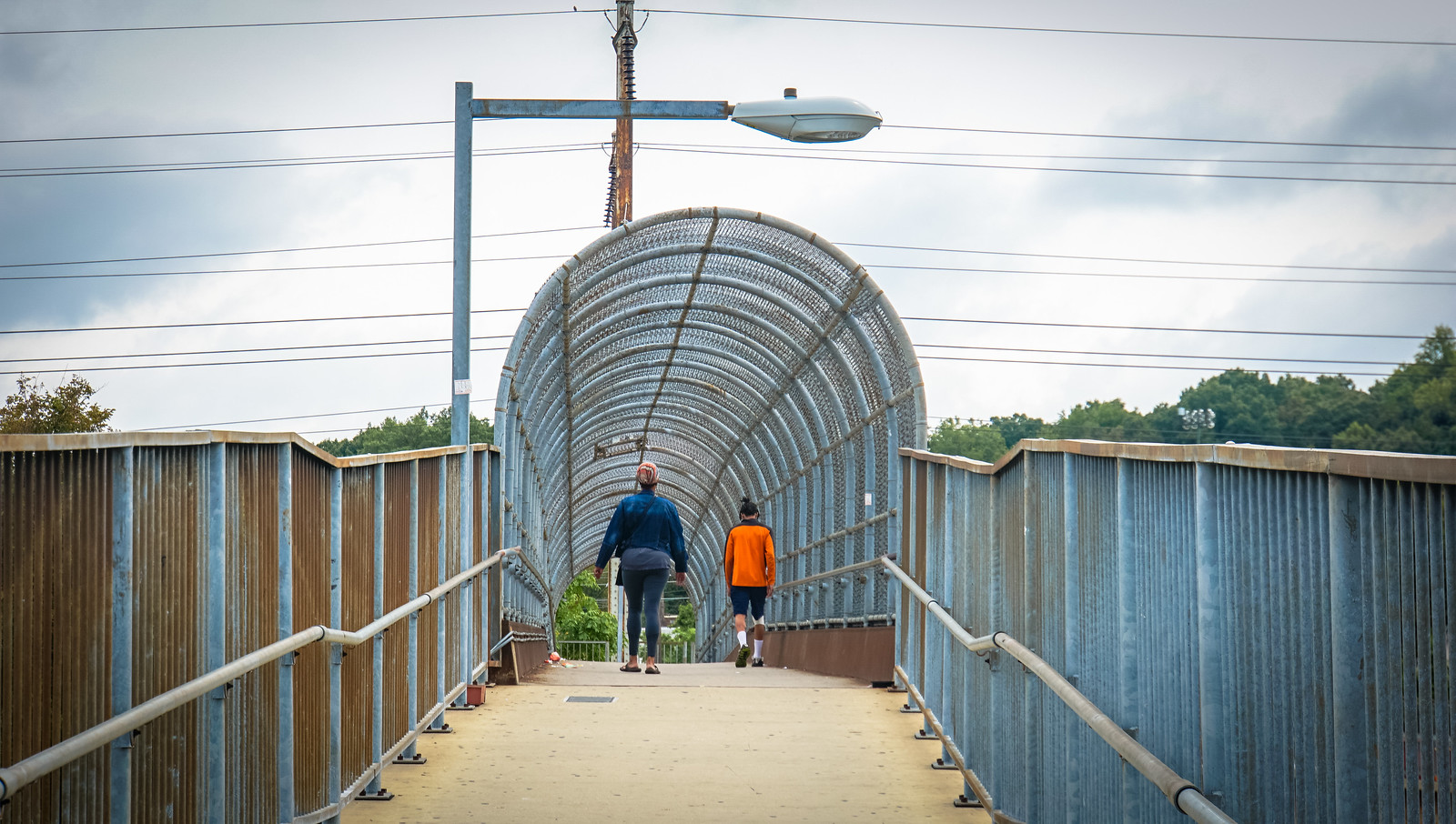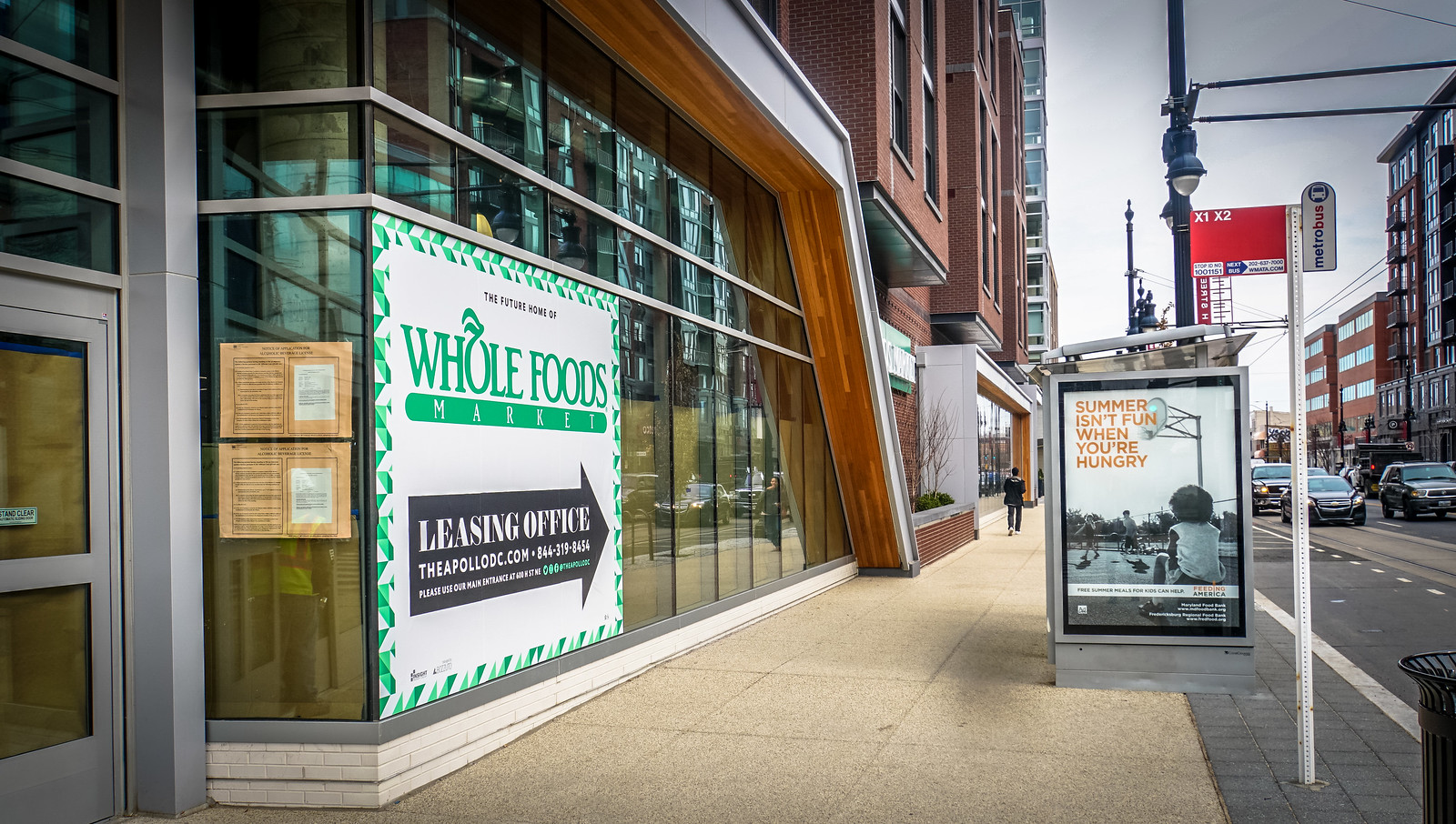
Thanks for using my photo, @kojoshow.
It was taken when I had the opportunity to speak to the family medicine residents at Unity Parkside about working to be a transgender ally. (Photo Friday: Kenilworth – Parkside, Washington, DC USA – A dose of beauty and innovation, my presentation is here: Just Presented: Working to be a Transgender Ally | Wright Center Family Medicine Residency, Washington, DC USA)
The video attached to the Kojo Nnamdi show illustrates well the problem that is known in Washington, DC.
Ward 8, for example, has only one neighborhood grocery store for more than 70,000 residents. On the west side of the Anacostia River, Ward 6 has 12 stores for nearly the same size population.
The Ward 6 situation is a relatively new phenomenon, because this was a formerly deprived part of Washington, DC, too. Now it looks like this:

It’s helpful to walk both neighborhoods to see what community conditions are like and what happens when they change, sometimes rapidly.
CarFreeDC doesn’t work for everyone
Finally, I know I take pride in being #CarFreeDC, however/and, deeper analyses from the @DCPolicyCenter shows that this doesn’t benefit everyone, and the solution is not necessarily to make the city more walkable/bike friendly. Read on:
- Food access in D.C is deeply connected to poverty and transportation – D.C. Policy Center
- The demographics of walking and biking to work tell yet another story of gentrification – D.C. Policy Center
- Where it’s easiest to live car-free in D.C. – D.C. Policy Center
Local neighborhoods have quickly redeveloped to provide new transportation lines, luxury apartment buildings and gourmet grocery stores. But who has access to these services?